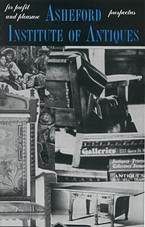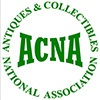|
Industry-Insiders See Changing Market Trends 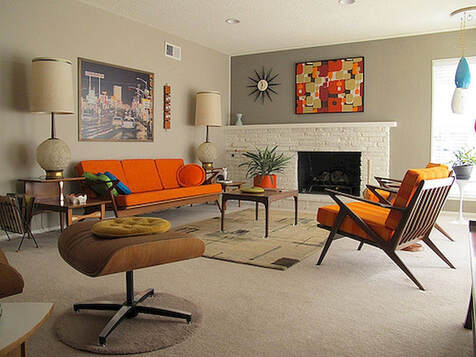 Is MCM Décor Trending Down? Is MCM Décor Trending Down? New York - Mid-century modern décor (MCM), known for its clean lines, simple shapes, and sleek materials, has often been credited with not only reviving the antique and vintage business over the past twenty years, but has also (according to many in the industry), singlehandedly been responsible for driving the direction of today's general decorative arts scene towards a more modern motif. However, recent market shifts suggest that this timeless aesthetic may have begun to lose some of its charm and appeal among those in the market for vintage and antique furnishings. All of which raises the question of why this staple of early 21st century décor suddenly seems to be falling out of favor? One plausible reason for this shift in consumer preferences is the saturation of the mid-century market, at least according to Trevor Watson, who works for a leading online research firm that studies evolving commercial buying trends amongst consumers. With the increasing prevalence of mid-century-inspired furniture and décor in mainstream commercial outlets, Watson says that the once exclusive and unique items often associated with the mid-century motif have now become more commonplace. "From big-box stores to online retailers, affordable replicas of iconic mid-century pieces have flooded the market, diluting the desirability of the genuine vintage pieces," says Watson, "If it's easily available to everyone, then demand across the board is bound to eventually drop." However, on the flipside of the coin, Watson says that you can also look at aggregated past sales results and see that as the trend for MCM escalated, demand outweighed supply, leading to inflated prices for original mid-century items. Vintage pieces by renowned designers, like Charles and Ray Eames or Eero Saarinen, fetched exorbitant sums, making them less accessible to the average buyer. Watson believes that this hyperinflation also created a barrier that restricted many enthusiasts from engaging in the mid-century market. "For some it just became too pricey after a while, so they ended up moving on to something else." Natasha Stevens, who works as a consultant for a top design and decorating firm in New York, says that another factor contributing to the general decline in MCM's popularity is likely related to changing interior design trends and the emergence of new styles. "Décor preferences are cyclical," says Stevens, "with different decades and aesthetics experiencing periodic resurgences." Steven's notes that in recent years, traditional designs, rustic and early American plain-and-pine minimalism, along with bohemian styles, have all gained prominence within the decorative arts community, captivating the attention of buyers who are seeking a departure from just the mid-century look. "It's somewhat of a balancing act," says Stevens, "it's not a complete withdrawal of the mid-century theme, but it's definitely a retreat." 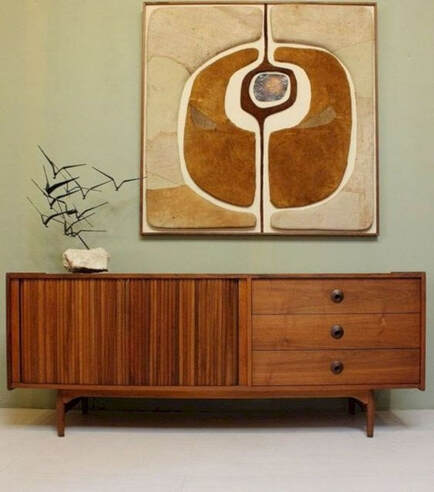 Regional Popularity? Regional Popularity? For many, the question of MCM's ongoing popularity has always been related to geography, at least according to veteran California antique dealer Derek Tanner, who says that over time he's begun to see a reduction in interest at his California shop, as well as at many of the booths in the state's largest antique mall. "Three years ago the 57th Street Antique Mall was jammed with MCM," says Tanner, "but today, I'd say that number is half." Tanner acknowledges the mid-century vibe was always more popular on the west coast than the east, but says that even west-coasters are now beginning to see a diminished demand for many of these pieces. "A lot of the shoppers who hit my store often have unique and personalized spaces that reflect their individuality," he says. "While mid-century décor has a distinct identity, its extensive popularity and replication have made it less exclusive." As a consequence, Tanner thinks buyers who desire distinctive surroundings are exploring alternative styles that are less saturated and more reflective of their personal taste. 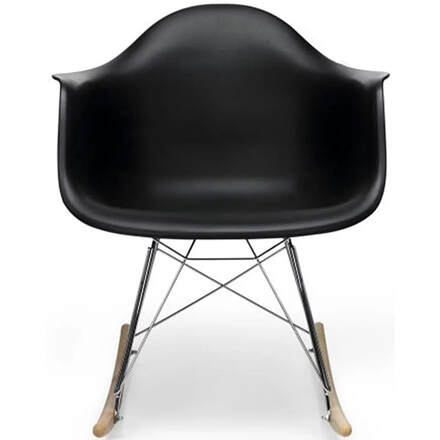 Mid-Century Plastic Repo Chair From Walmart Mid-Century Plastic Repo Chair From Walmart Alongside changing trends, societal and environmental concerns have also likely played a role in the shift away from mid-century décor. Janet Holloway, a millennial who operates three Etsy stores, thinks that her generation, who form a significant portion of today's buyers' market, tend to prioritize sustainability and ethical consumerism over just outright style. In contrast, mid-century décor, with its heavy use of plastics, synthetics, and a certain degree of non-sustainable materials, does not necessarily align with their eco-conscious values. "It's not that millennials don't dig MCM," says Holloway, "I think they do, but it can be hard to reconcile promoting a trend that's currently remaking items en masse from an era that used environmentally questionable materials - at least by today's standards." Holloway also thinks that an increased focus on locally sourced and handmade items which are often absent in mass-produced mid-century designs, adds to this deviation in consumer behavior. "It's certainly not all millennials who feel this way," she says, "but there has definitely been a perceptible shift from my clients away from the MCM only mantra." Dara Marcheski, who's been selling vintage décor, both online and off, for over twenty years, thinks that it's not only a new environmental consciousness that's gripping today's buyers, but also the availability and access to new styles and periods. "When I first stated out in 2000," says Marcheski, "Mid-century was just becoming the rage. The Internet wasn't at full steam yet, so it took longer for trends to take hold or change." However, Marcheski says that with the rise of online platforms and the ease of virtual shopping, buyers have now gained access to a broader range of vintage and antique styles than they ever had before. Consequently, their preferences have diversified and expanded beyond just mid-century modern. "From Victorian furniture to industrial salvage, the options available to vintage enthusiasts today are far more plentiful," says Marcheski, "which of course encourages them to explore other eras and aesthetics." From this, it would appear then that several leading factors may be contributing to the decline in popularity of mid-century décor among antique and vintage buyers. The saturation of the market, inflated prices, changing design trends, a desire for uniqueness, sustainability concerns, and increased access to alternative styles have likely all had some form of influence on this shift. As antique and vintage markets continue to evolve however, new aesthetics will come to the forefront, and while mid-century modern décor might currently be experiencing a decline, it will only be a matter of time before it makes a comeback - especially when consumers once again begin seeking a return to a nostalgic and retro-inspired future. - A.I.A. Staff Writers 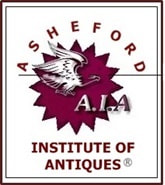 NOTE: For readers seeking more information about the Asheford Institute Of Antiques distance-learning program on professional-level appraising, the study of antiques, collectibles, vintage and mid-century modern items, please click here to visit the school's Home Page. Should you have additional questions about the Asheford program, you can also write to the school at: [email protected] or call the Registrar's Office toll-free at: 1-877-444-4508.NOTE: For readers seeking more information about the Asheford Institute Of Antiques distance-learning program on professional-level appraising, the study of antiques, collectibles, vintage and mid-century modern items, please click here to visit the school's Home Page. Should you have additional questions about the Asheford program, you can also write to the school at: [email protected] or call the Registrar's Office toll-free at: 1-877-444-4508. |
AIA StaffWe're providing our students and reader's with the latest breaking news on events and happenings that we think might be of interest to both collectors and dealers alike. Including changes within the world of antiques, vintage, collectibles and appraising that might just have an effect on your bottom line. We're also interested in hearing from you - so if you've got a great newsworthy story, let us know, and you just might find it here! Archives
July 2024
CategoriesLegal Disclaimer: Extraneous opinions, statements and comments made by individuals represented within these posts do not necessarily reflect those of the Institute. The publication naming of specific business entities, organizations, and concerns, contained herein, in no way represents an endorsement or recommendation of services or products by the Institute. Publicly identifiable information contained herein (including, but not limited to contact information), has been intentionally limited where possible, due to privacy and legal concerns related to the digital dissemination of information through online means. All views expressed herein are those of their respective owners. The Institute is in no way responsible, financially or otherwise, for the accuracy or validity of statements contained within published posts from sources that originate and appear outside of the written and expressed views of those submitted by the Institute.
|
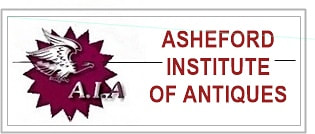


 RSS Feed
RSS Feed
